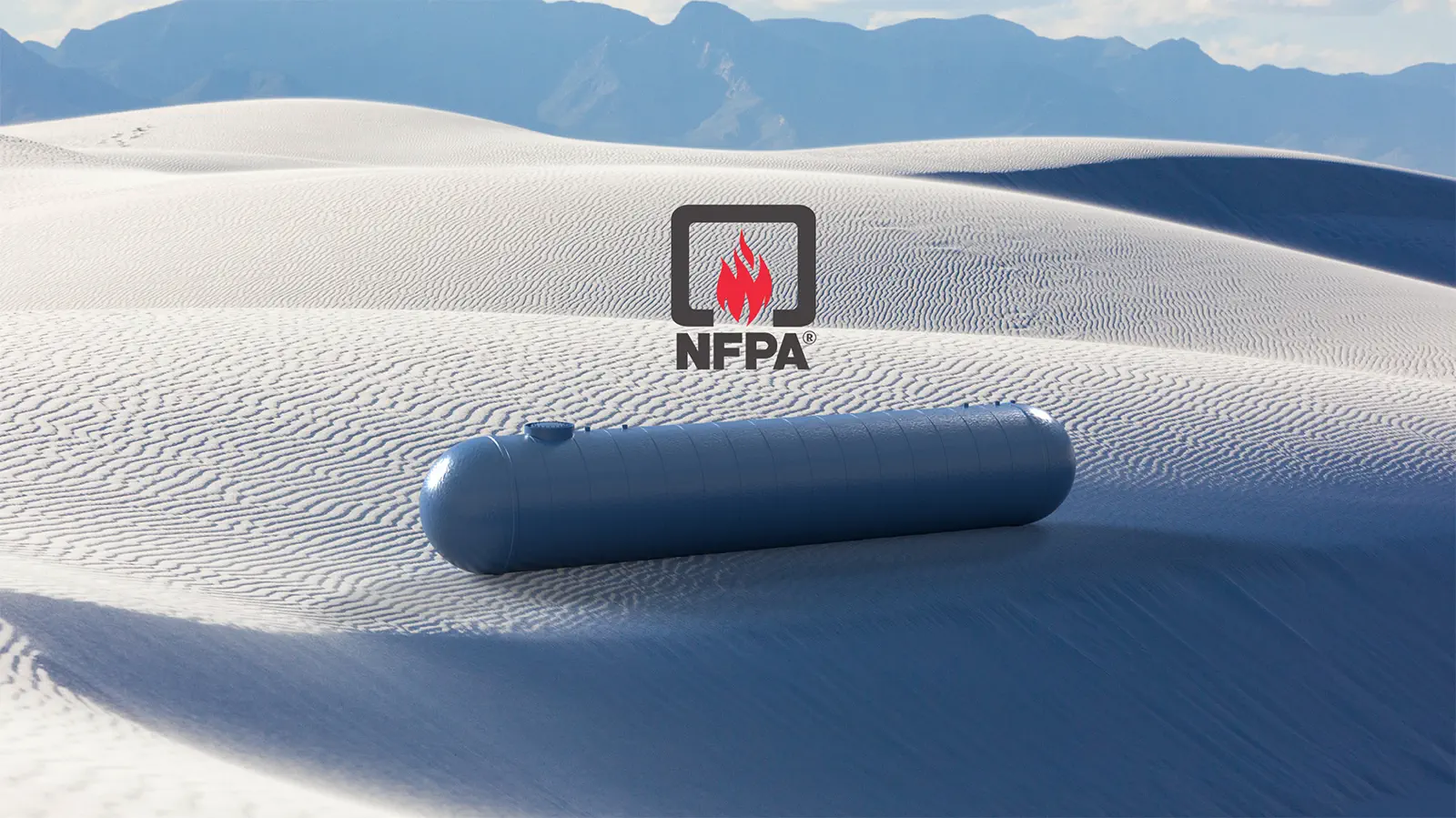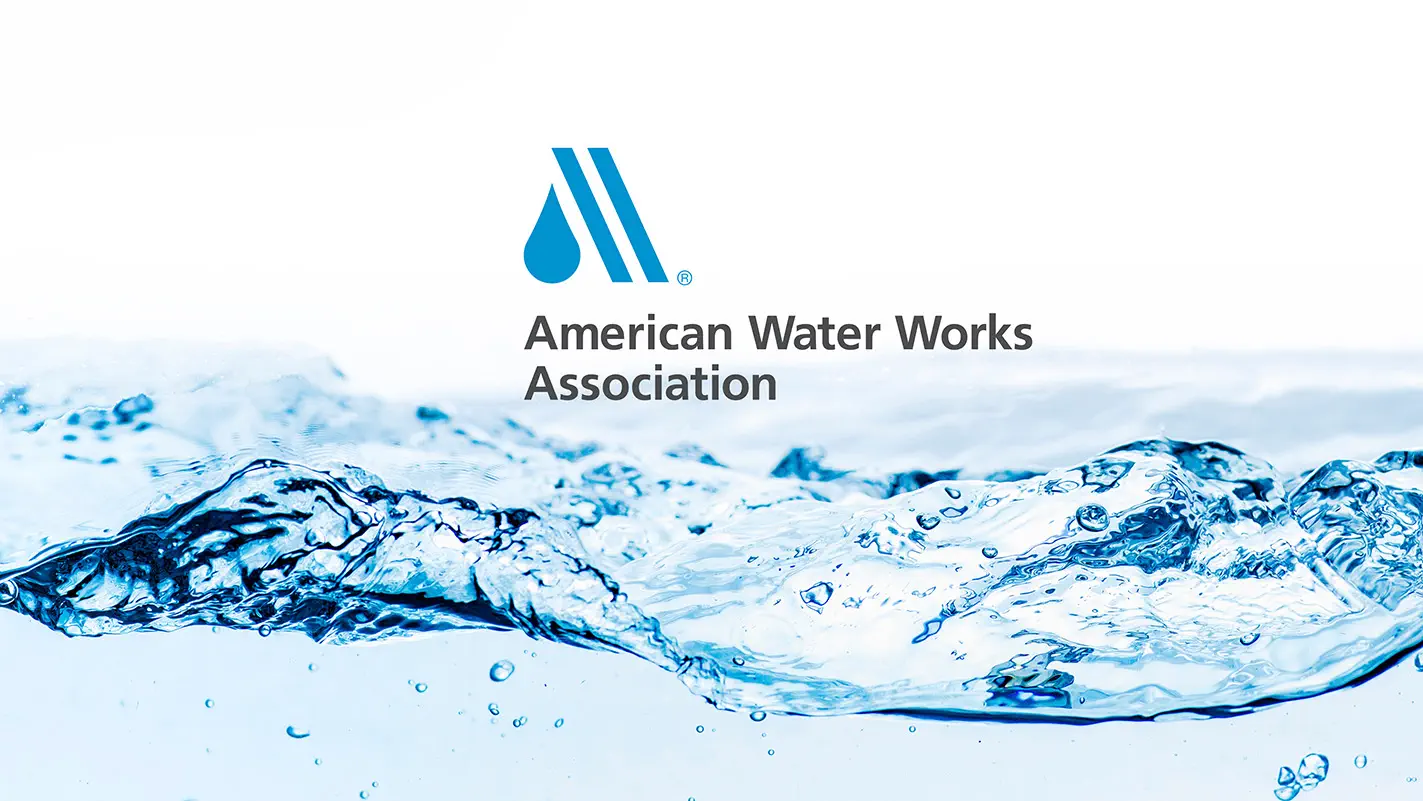
The Importance of Adhering to NFPA 22 and AWWA Guidelines: Insights from Nationwide Tanks
Water storage tanks, especially those employed for fire suppression, play a critical role in ensuring the safety of countless buildings and structures. Given their vital function, the design, production and utilization of these tanks require strict adherence to established guidelines. This is where the National Fire Protection Association’s NFPA 22 and the American Water Works Association (AWWA) guidelines come into play.
At Nationwide Tanks, we not only understand the importance of these guidelines but also emphasize the need for Fire Marshall approval, especially concerning the submittal tank drawing prior to tank production.
Here’s a closer look at why adhering to these standards is paramount and how it affects your project.
NFPA 22: Setting the Bar for Fire Suppression
NFPA 22 provides the industry benchmark for the design and installation of water tanks for private fire protection. From the tank’s location, capacity and even materials, this standard guides every aspect of tank creation and utilization.
One of the crucial steps in the process is getting the Fire Marshall’s approval of the tank’s submittal drawing. This step ensures:
Accuracy: The Fire Marshall verifies the tank’s design meets the specific requirements of the location and the type of structure it aims to protect.
Compliance: The review ensures the tank aligns with local, state and national fire protection regulations and standards.
Safety: Ensuring that the design is verified provides peace of mind the tank can perform effectively during a fire emergency.
AWWA Standards and Their Intersection with NFPA 22
The NFPA 22 standard references AWWA guidelines, especially when a tank is intended for dual-purpose use – fire suppression and human consumption. However, as many tanks will only serve the purpose of fire suppression, they won’t ever hold water meant for human consumption. Herein lies the crossroads for many project managers and designers.
Given the dual-purpose possibility, a tank could be designed with a liner suitable for potable (drinkable) water. However, if the Fire Marshall, after reviewing the project requirements, determines that the tank will only ever be used for fire suppression, a non-potable liner may be approved.

The Economic Benefit of Non-Potable Liners
One of the primary benefits of opting for a non-potable liner over its potable counterpart is the cost. Non-potable liners are more economical. Thus, for tanks that don’t require the storage of water for human consumption, they can be a practical choice.
However, the decision rests largely on the discretion of the Fire Marshall, as stipulated by NFPA 22. They have the authority to require the NSF 61 potable water liner or approve the use of a non-potable liner. This emphasizes the importance of the early involvement of the Fire Marshall in the project. It ensures that tanks are not only designed for optimal fire protection but also align with budgetary considerations without compromising on safety and compliance.
The Nationwide Tanks Commitment
Nationwide Tanks is steadfast in its commitment to providing fire suppression tanks that adhere to the highest standards of safety and efficiency. By strictly following the NFPA 22 and AWWA guidelines, we ensure the following:
*We construct our tanks to the highest industry standards.
*We underscore the importance of collaboration with local Fire Marshalls, ensuring that every tank we produce aligns with specific project needs and local fire safety regulations.
*We provide our clients with cost-effective solutions without compromising on safety, reliability or compliance.
Accessories Provided by Nationwide Tanks for Fire Suppression Tanks
Nationwide Tanks offers a range of accessories for its fiberglass tanks, enhancing fire suppression and safety. Among these accessories are regular vents, which ensure proper aeration; vent level indicators to monitor and signal the tank’s fill level; and fill assemblies for secure and efficient filling.
A Commitment to Safety and Efficiency
The rigorous process of designing, reviewing and producing fire suppression tanks is crucial for the safety of our communities. Adhering to NFPA 22 and AWWA guidelines is not merely a matter of compliance but a commitment to the highest standards of safety and efficiency.
Nationwide Tanks remains dedicated to this commitment, ensuring every tank – whether lined for potable or non-potable water – stands as a bastion of protection in times of emergency.
To learn more about Nationwide Tanks and all of their products and services, visit them online today.
Recent Comments